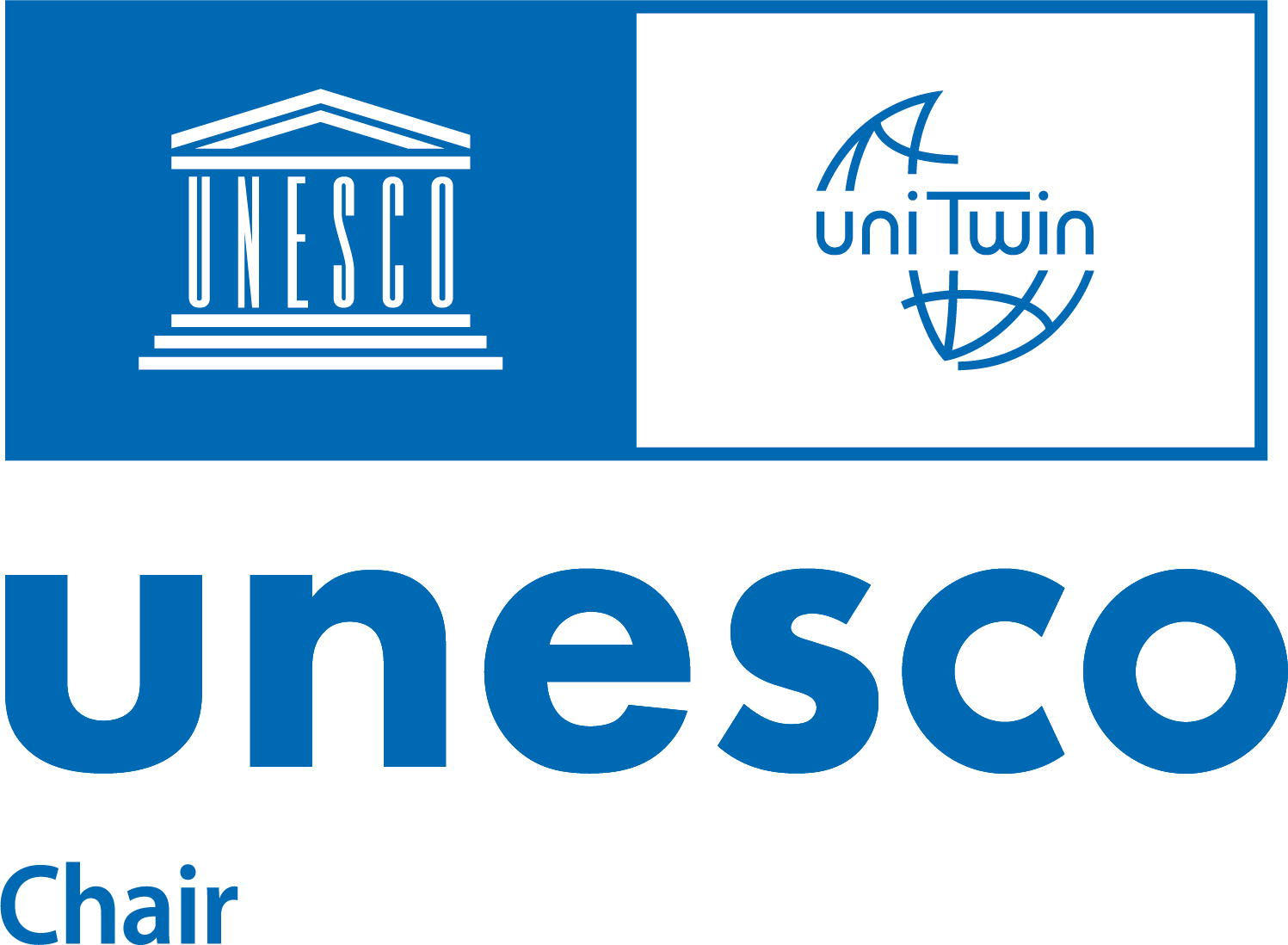UNESCO chairs are institutions approved by UNESCO UNITWIN program, according to a written proposal prepared by a University, indicating a research structure and a chairholder. The chair is established through a contract between UNESCO and the University. The contract last for four years and can be renovated for four or more years.
Launched in 1992, the UNITWIN/UNESCO Chairs Programme, which involves over 850 institutions in 117 countries, promotes international inter-university cooperation and networking to enhance institutional capacities through knowledge sharing and collaborative work. The programme supports the establishment of UNESCO Chairs in key priority areas related to UNESCO’s fields of competence.
Through this network, higher education and research institutions all over the globe pool their resources, both human and material, to address pressing challenges and contribute to the development of their societies. In many instances, the networks and chairs serve as thinktanks and bridgebuilders between academia, civil society, local communities, research and policy-making.
General objective of the chair on agricultural heritage
The Chair long term goal is to spread worldwide the knowledge about agricultural heritage landscapes and their importance in the present days as a valid alternative to achieve the Agenda 2030 goals, in particular regarding food security, biodiversity and climate change. The activities proposed are based on the necessity to improve the ability of identifying and safeguard agricultural heritage landscapes promoting sustainable agriculture, traditional products and local cultures. The chair has been supported by 11 national and international institutions.
Specific objectives
1- Organize training courses to create professional figures able to identify, monitor and manage traditional agricultural heritage landscapes.
2- Identify and map potential agricultural heritage landscapes in all the continents, by remote sensing and field work.
3- Produce scientific research and organize events on agricultural heritage landscapes.
4- Collaborate with national and international institutions informing them about the need to identify and safeguard these areas
5 – Promote collaboration between the approach of UNESCO WHL cultural landscapes and FAO GIAHS
Supporting Institutions:
- -University of Florence
- Council of Europe – European Landscape Convention
- FAO – Regional Office Brasil
- International Union of Forest Research Organization
- UNISCAPE – European Network of Universities for the Implementation of the European Landscape Convention
- Ministry of Agriculture, Food and Forest Policies – Italy
- Regional Government of Tuscany
- Food District of Valdarno (Tuscany)
- UNESCO World Heritage Site Prosecco
- -UNESCO World Heritage Site Firenze



